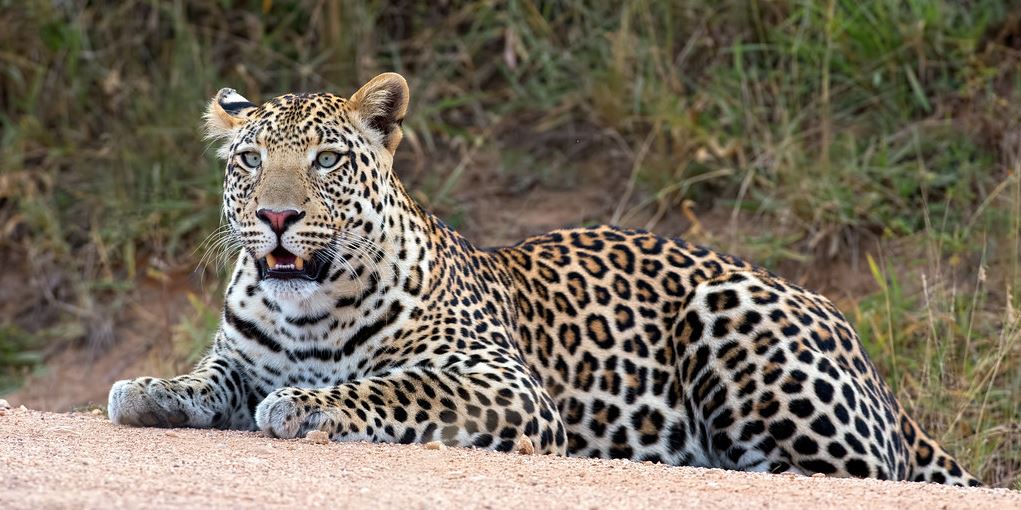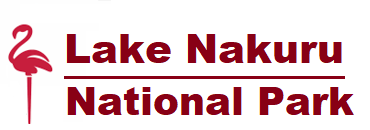
Are there leopards in Lake Nakuru National Park?
Are there leopards in Lake Nakuru National Park? One of the attractions for travellers in Lake Nakuru National Park is its unusual vegetation, which includes over 550 different plant species, a picturesque scenery, and golden acacia trees. The reserve is home to the largest and most unique euphorbia forest in Africa.
Another popular Kenya safari tourist activity in Lake Nakuru National park is game viewing. Rhinos are undoubtedly one of the main draws of Kenya safari tours in Lake Nakuru National Park due to the rapid decline in their global number. If you’re lucky, you might be able to see the enormous animals in a group of 20 or more; this is an extremely rare and amazing sight. Another amazing sight to behold is the big five, except the elephant. The existence of creatures like waterbucks, pythons, hippos, cheetahs, Rothschild’s giraffes, warthogs, hyenas, and a wide variety of bird species more than makes up for the lack of the elephant.
For customers who enjoy bird watching, Lake Nakuru National park in the park offers over 450 bird species for visitors to see, making it a veritable bird lover’s heaven. It’s breathtaking to see them groom each other and themselves as they glide through the air and wade in the water. This is a moment you will want to capture on camera, so you might also want to pack your camera.
This birding safari in kenya has more fascinating bird species to observe in addition to the flamingos. These include migratory birds utilising the lake as a stopover, birds of prey like vultures and eagles, and ducks such as the Tiff-tailed Maccoa, plovers, and Cape pigeon. These birds are from the Baboon Cliff, which is the finest spot to watch them. You will have an amazing view of the lake and its pink carpet from the top of this cliff. The entire park will be visible to you, and it will astound you. Within the boundaries of Lake Nakuru National Park, Kenya Wildlife Service (KWS) operates camps with beds, kitchens, and bathrooms at a reduced cost. You may unwind and enjoy your Kenya safari tour while we handle the booking.
Lunches There’s nothing quite like having a picnic outside in the world, and the Lake Nakuru National park coastlines are ideal for that. Specific areas of the lake Nakuru have been designated as outdoor dining areas on purpose. Here you can enjoy a late meal or breakfast while the birds hum all through the evening under the cover of the acacias. The location is ideal for family safari vacations and romantic retreats. Gentlemen! There is nowhere better than this to pop the question if you have been searching for the ideal setting!
One of the most popular kenya safaris tourist activities at Lake Nakuru National park is photography. Because of the stunning surroundings, reaching for your phone or camera almost feels like a reflex. Heaven is located on the beaches of Lake Nakuru National park. The elegantly shaped rocks, the golden savannah planes, and the sun beams peeking through the tree branches are all worthy of a photograph.
Wildlife found in Lake Nakuru National Park
The uncommon Rothschild’s giraffe counts the park as a significant centre. It became prevalent in the area after being brought to the park in the 1980s. There are occasionally gorgeous black-and-white colobus monkeys in the acacia woodland, in addition to the common vervet monkey and olive baboon. Lake Nakuru National Park is the greatest spot in Kenya to observe the tree-climbing lions, which are a highlight if you’re lucky enough to witness them.
Happily, the lake’s display extends far beyond the pink flocks that once made it famous, despite the flamingos’ irrational behaviour of disappearing one day and returning the next. Many animals may be seen clearly and frequently approach cars impressively close. Since the water is less salty, hippos have thrived there and can be observed snorting and splashing at different locations throughout the lake during the day. In addition, a number of exotic animals have taken up residence in Nakuru, including Rothschild’s giraffes from the wild herd in Kitale, lions, and elusive leopards from wherever they are posing a threat.
Ten white rhinos were provided by South Africa in 1994, while several black rhinos were moved from Solio Game Ranch in the early 1990s (see p. 196). These have reproduced incredibly successfully, but Nakuru has not been spared the evil of rhino poaching in recent times, and it tragically lost five of them in 2014. This is despite the park being completely fenced up with electric fencing. Like other KWS parks, each rhino is now carefully guarded by armed KWS rangers, and the public is no longer given access to population statistics. However, you have an excellent chance of seeing one as a visitor to the park, and both KWS rangers and lodge workers will help you locate one.

The park is certainly a waterbuck haven, as Nakuru, which means “place of the waterbuck” in Swahili, puts it. Numerous thousand enormous, shaggy beasts exist, with only a few lions and a small number of leopards keeping an eye on their population. The herds, which consist of either bachelor groups or a buck and his harem, are remarkably vast and exceedingly gentle. Although impala are also extremely common, you hardly ever see them fly gracefully through the bush due to their lack of fear.
The other two most common mammals are warthogs, which are everywhere you look and scuttling uncomfortably in singles and family get-togethers, and buffalo, which you’ll keep mistaking for rhinos until you get a good look through binoculars. Although there are no elephants in the park, you might probably spot zebras, dik-diks, ostriches, jackals, and elands as well as Thomson’s and Grant’s gazelles in the southern portion. Rarely, you may come across bushbuck sprinting through the undergrowth and reedbuck near the coast. There are a few overly gentle baboon troops to be cautious of along the eastern route, close to Lake Nakuru Lodge. Large pythons are another well-known feature of the park; their preferred habitat is the south-west’s dense woodland sections, which are situated between the lakeshore and the sheer cliffs.


